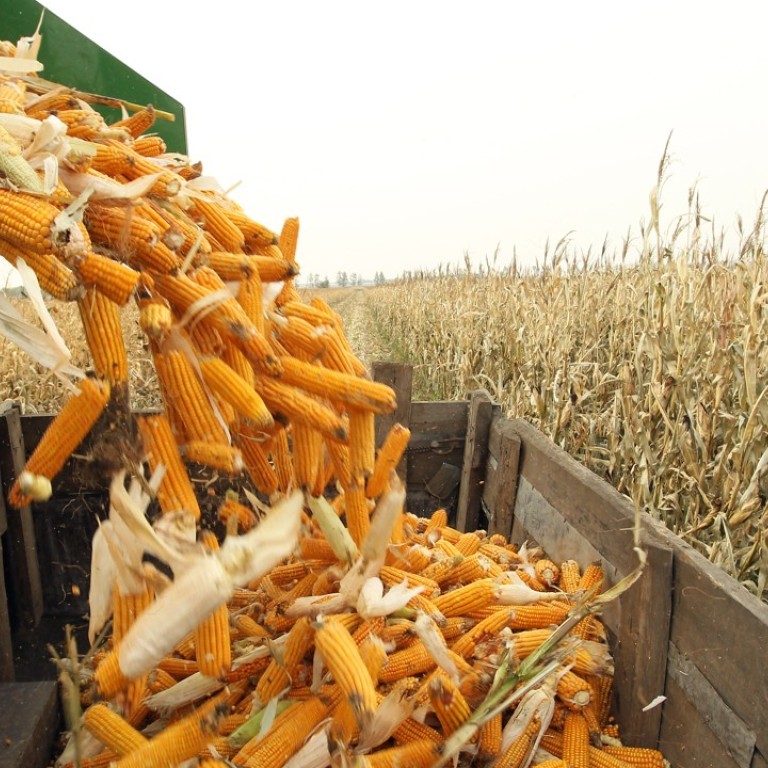
Could China’s waste mountains of corncobs fuel a greener future?
Researchers say the farm by-product can be transformed into biofuel more efficiently than other plant material
A farm by-product that usually goes to waste in China could be the fuel of the future, helping to cut greenhouse gas emissions throughout the country, according to research by US-based scientists.
But more government incentives are needed to make the most of the opportunity, one of the researchers said.
In a study published last week in the scientific journal Biofuels, Bioproducts and Biorefining, scientists at Iowa State University in the United States said that corncobs could be used to produce the biofuel ethanol more efficiently and generate less greenhouse gases than other sources such as corn grain.
Blending ethanol with petrol can reduce vehicle emissions, something China plans to do nationwide by 2020 to meet its commitment to limiting its greenhouse gas emissions by 2030.
The authors analysed data from an ethanol refinery in the eastern Chinese province of Shandong, one of the few in the country that turns corncobs into the fuel.
China aims to turn farm waste into biofuel under nationwide ethanol plan
Their analysis covered the entire ethanol production chain, from transporting the raw material to sending the fuel to service stations.
The researchers found that corncob ethanol emitted less in greenhouse gases – including carbon dioxide and methane – in its fermentation process than other sources of the fuel.
“Ethanol produced from corncob emits about 50 per cent less greenhouse gas than from corn [grain],” said Wang Yu, an energy policy researcher at the university and the lead author of the study.

The researchers also found that about 0.52 megajoules of energy was needed to produce one megajoule of ethanol from corncob, compared with the 0.74 megajoules required to make the same amount of ethanol from corn grain.
Making ethanol from crop stover – the leaves and stalks left after harvesting grain crops – was even less efficient, requiring 0.9 megajoules of input for each megajoule of ethanol, the researchers found.
Wang said that as much as 17 per cent of corncobs produced in Jilin province, a major corn-growing area, went to waste but could be converted into fuel.
“Producing ethanol from corncobs can be a good way to utilise the currently wasted resources,” she said.
“But for now, corncobs are used to produce fuel ethanol in only one of seven biorefineries in China.”
Wang said that stronger government incentives were needed to encourage the use of corncobs in the fuel ethanol industry.

